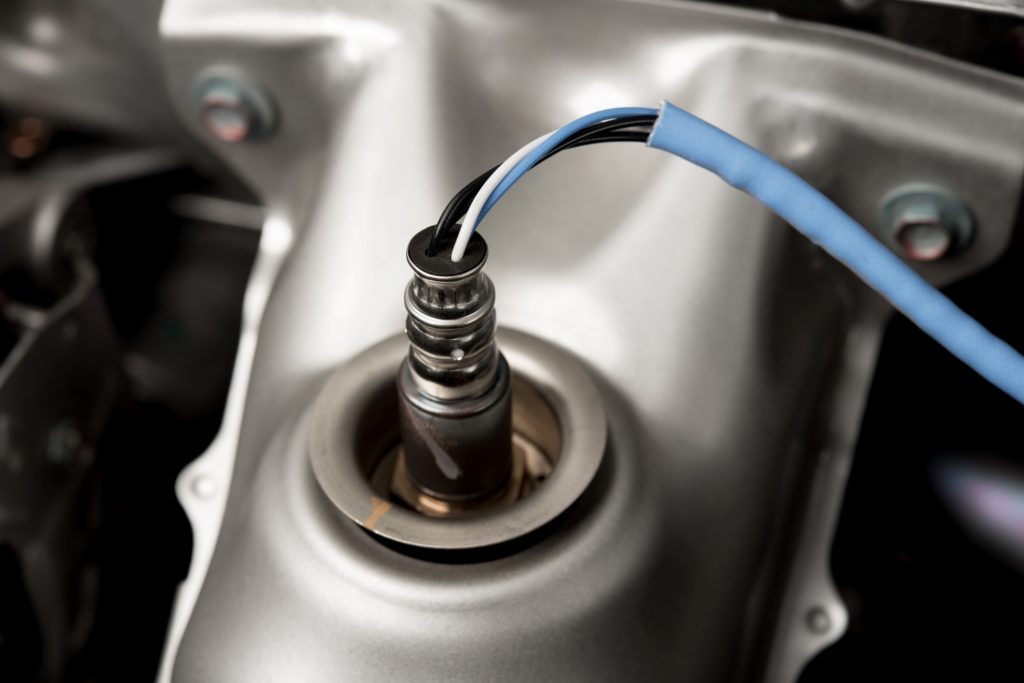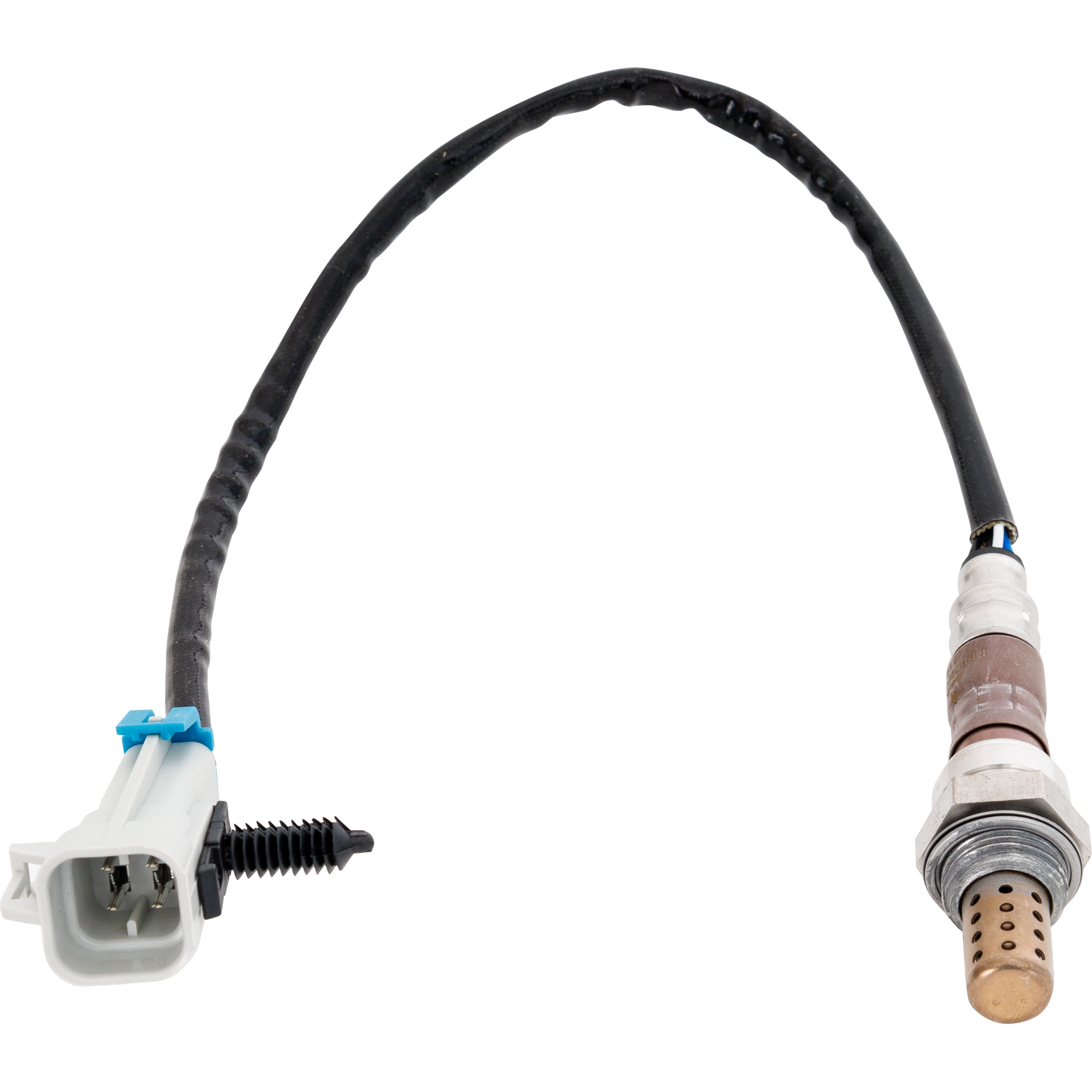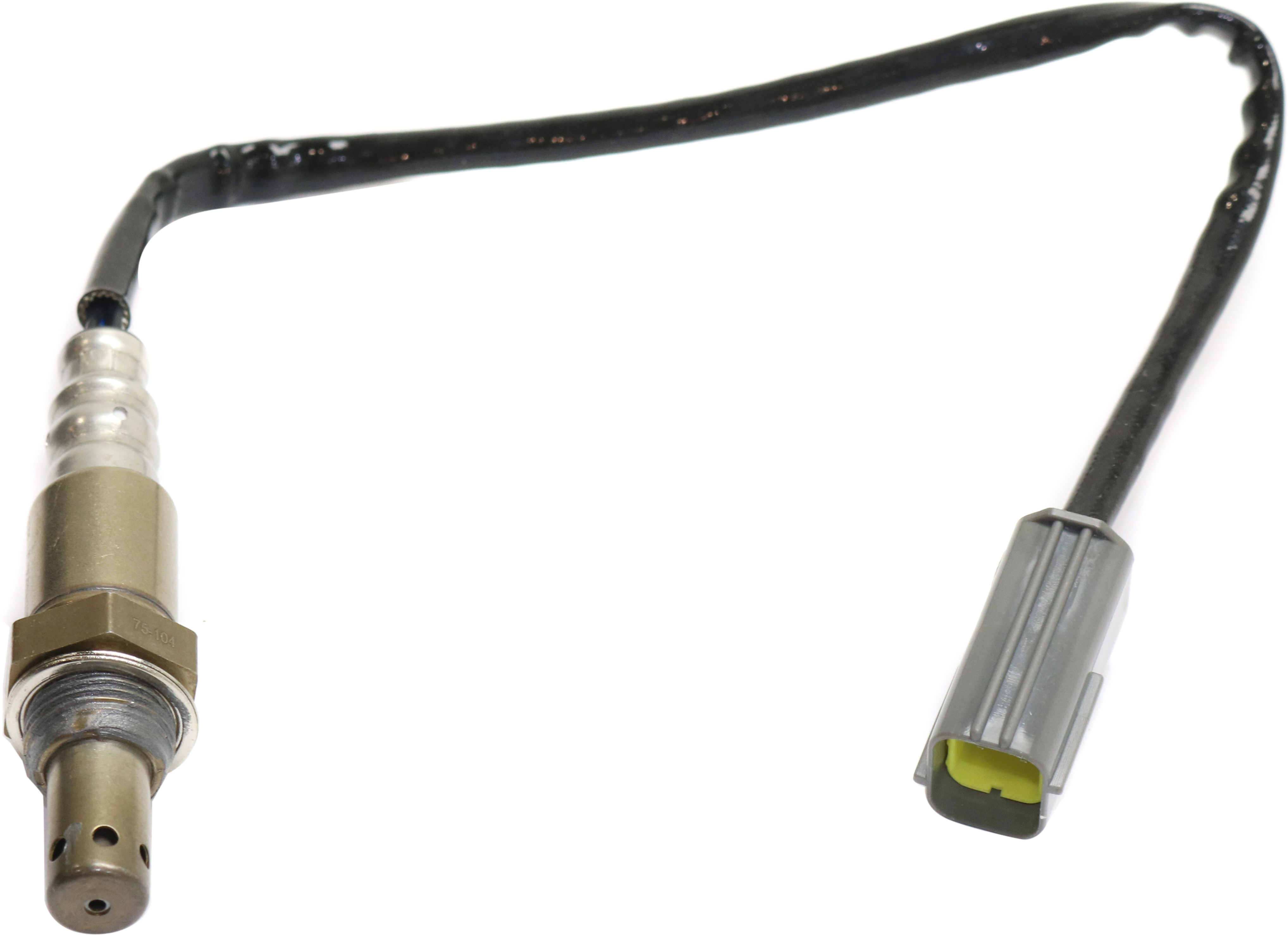Today’s modern automotive engines are equipped with many sensors that work together to make sure that your vehicle is running as it should. One of these sensors is called an Oxygen Sensor or O2 sensor. Mounted in the exhaust, its main role is to monitor how much oxygen is in the exhaust in order for your vehicle’s primary control module (PCM) to decide how much fuel your engine needs.
What happens when your PCM detects a potential fault with your O2 sensors? P0154 is just one of several generic OBD-II codes related to the sensors.

What Does the P0154 Code Mean?
Diagnostic Trouble Code (DTC) P0154 stands for O2 Sensor Circuit No Activity Detected (Bank 2, Sensor 1). It is triggered when the PCM detects the signal from the O2 sensor (Bank 2, Sensor 1) is inactive. How will the PCM know that? The code will trigger when the O2 sensor signal sent to the PCM remains at or near a set voltage point for a significant amount of time.
Note that code P0154 doesn’t appear on many vehicles. On vehicles where it does appear, it doesn’t always mean the same thing
As mentioned, your vehicle’s O2 sensors play a very important part in engine performance and fuel efficiency. Without them functioning optimally, your PCM will not be able to adjust the air-fuel mixture in your engine. This may cause decreased fuel efficiency and even compromise your engine’s performance.
If the O2 sensor’s internal heater goes dark due to an open circuit or a bad heater in the sensor, it may stop producing voltage. The ceramic zirconia must maintain 600°F in order to produce the voltage it sends to the ECM/PCM.
If the O2 sensor’s internal heater goes dark due to an open circuit or a bad heater in the sensor, it may stop producing voltage.
– Richard McCuistian, ASE Certified Master Automobile Technician
To keep this from happening, make sure to address any issues with your O2 sensors right away.

What are the Possible Causes of the P0154 Code?
Code P0154 may trigger due to several reasons. It may sometimes be difficult to pinpoint what exactly causes it. To give you an idea, here are some possible triggers related to the code:
- Malfunctioning O2 sensor
- Circuit issues, such as damaged wires or poor connections
- Exhaust Leak
- An issue with the PCM, such as software in need of an update
What are the Common Symptoms of the P0154 Code?
Here are common symptoms related to code P0154. These may vary depending on your vehicle’s make and model:
- Illuminated Check Engine Light
- Engine may hesitate during acceleration
- Reduced fuel economy
- Engine runs rough and misfires

How to Diagnose the P0154 Code
There are several reasons why the P0154 code is triggered. If you’re not well-versed with automotive repair, it may be difficult for you to diagnose what is really causing the problem. But if you’re equipped with the DIY automotive skills to diagnose this code, here is a video you can watch to help you understand the code better:
How to Fix the P0154 Code
There isn’t any universal fix for the P0154 code. Finding a fix for this code can be quite tricky as it may vary depending on your vehicle’s specific make and model. For example, the fix for a P0154 code in a Chevy may not work for a P0154 in a Honda.
The best advice would be to let your trusted mechanic do the work for you. However, if you are familiar with auto repair and you’re determined to fix the code yourself, you can consult online auto repair sources and guides. You may also get an ALLDATA single-vehicle subscription if you like.
Get a Replacement Oxygen Sensor Today
Diagnosing your vehicle’s P0154 code is only the first step. Now, it’s time to replace the faulty oxygen sensor that’s triggering it and likely causing other issues in your vehicle. Ignoring the issue can affect your vehicle’s driveability and place you at risk of getting into an accident. For your own safety, it’s best to replace your damaged oxygen sensor as soon as possible. Luckily, getting a brand-new oxygen sensor is fast and easy with CarParts.com.
Finding auto parts that fit your vehicle can be hard, but you don’t have to worry about that with CarParts.com. You’ll find accurate and detailed fitment information for each of our oxygen sensors for sale, so you can order one that perfectly fits your vehicle’s year, make, and model. By ordering from CarParts.com, you can get back on the road as soon as possible. Our strategically located warehouses around the US allow us to deliver your items to you faster. Order by 12 PM ET, and you can expect your order to arrive in as fast as two business days.
Don’t wait until your engine runs rough and develops other issues before replacing your damaged oxygen sensor. Check out our catalog of high-quality oxygen sensors at CarParts.com and order one for your vehicle today!
Shop this Project



Any information provided on this Website is for informational purposes only and is not intended to replace consultation with a professional mechanic. The accuracy and timeliness of the information may change from the time of publication.




















